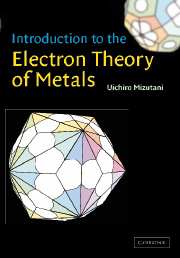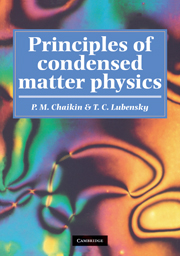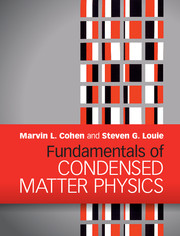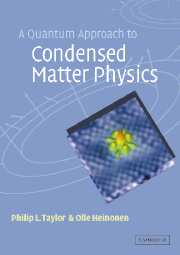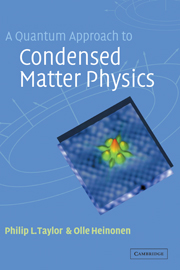Introduction to the Electron Theory of Metals
The electron theory of metals describes how electrons are responsible for the bonding of metals and subsequent physical, chemical and transport properties. This textbook gives a complete account of electron theory in both periodic and non-periodic metallic systems. The author presents an accessible approach to the theory of electrons, comparing it with experimental results as much as possible. The book starts with the basics of one-electron band theory and progresses to cover topics such as high Tc superconductors and quasicrystals. The relationship between theory and potential applications is also emphasized. The material presented assumes some knowledge of elementary quantum mechanics as well as the principles of classical mechanics and electromagnetism. This textbook will be of interest to advanced undergraduates and graduate students in physics, chemistry, materials science and electrical engineering. The book contains numerous exercises and an extensive list of references and numerical data.
- An accessible introduction
- Compares theory and experiment as much as possible
- Numerous exercises with hints and answers
Product details
June 2001Paperback
9780521587099
604 pages
244 × 170 × 31 mm
0.95kg
283 b/w illus. 31 tables
Available
Table of Contents
- 1. Introduction to electron theory of metals
- 2. Bonding styles and the free electron model
- 3. Electrons in a metal at finite temperatures
- 4. Periodic lattice and lattice vibrations in crystals
- 5. Conduction electrons in a periodic potential
- 6. Electronic structure of pure elements in periodic table
- 7. Principles of measuring electronic structure related phenomena
- 8. Electronic structure calculations
- 9. Electronic structure of alloys
- 10. Electron transport properties in periodic systems (I)
- 11. Electronic transport properties in crystal metals (II)
- 12. Superconductivity
- 13. Magnetism, electronic structure and electron transport properties in magnetic metals
- 14. Electronic structure of strongly correlated electron systems
- 15. Electronic structure and electron transport properties of liquid metals, amorphous metals and quasicrystals.

